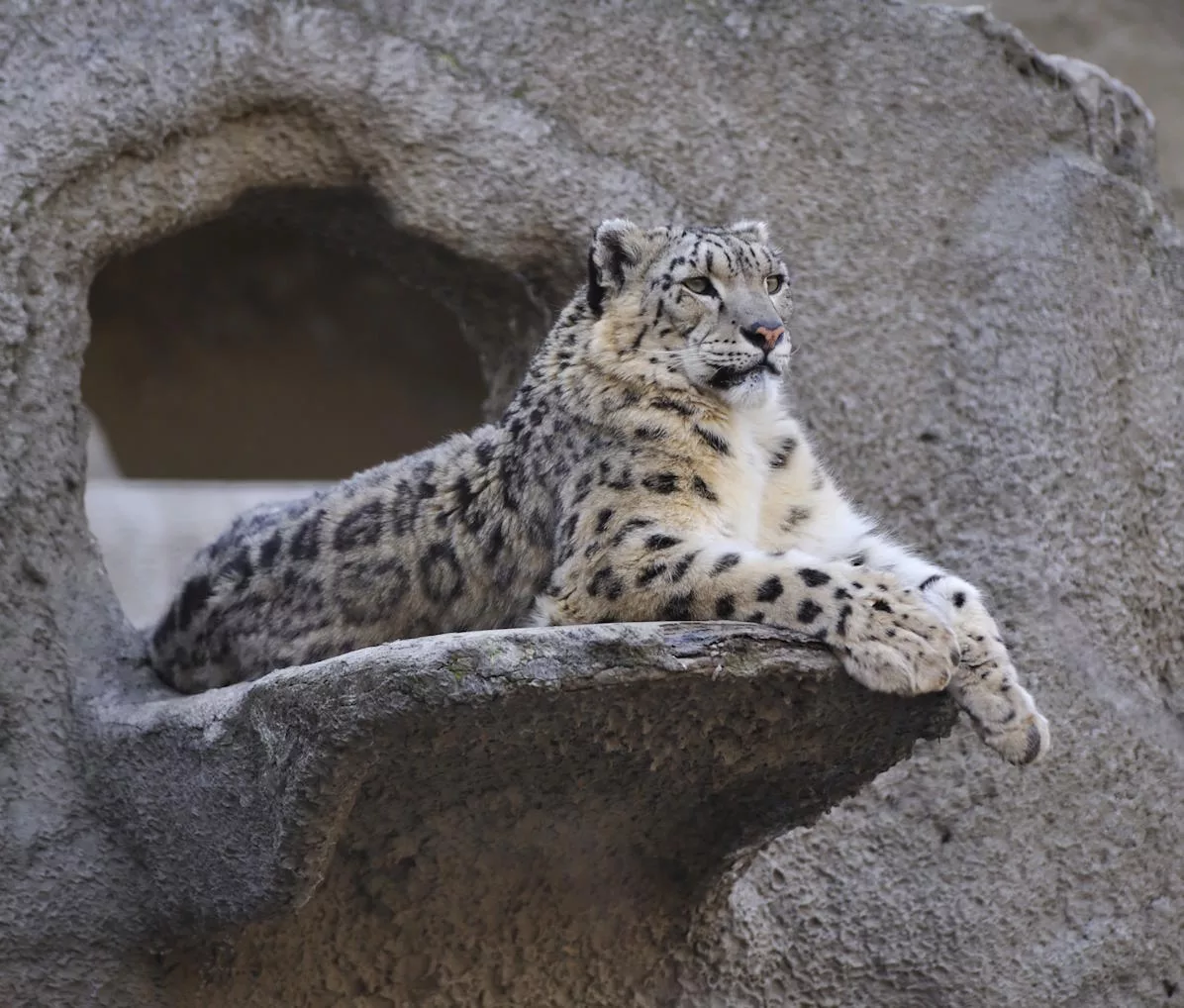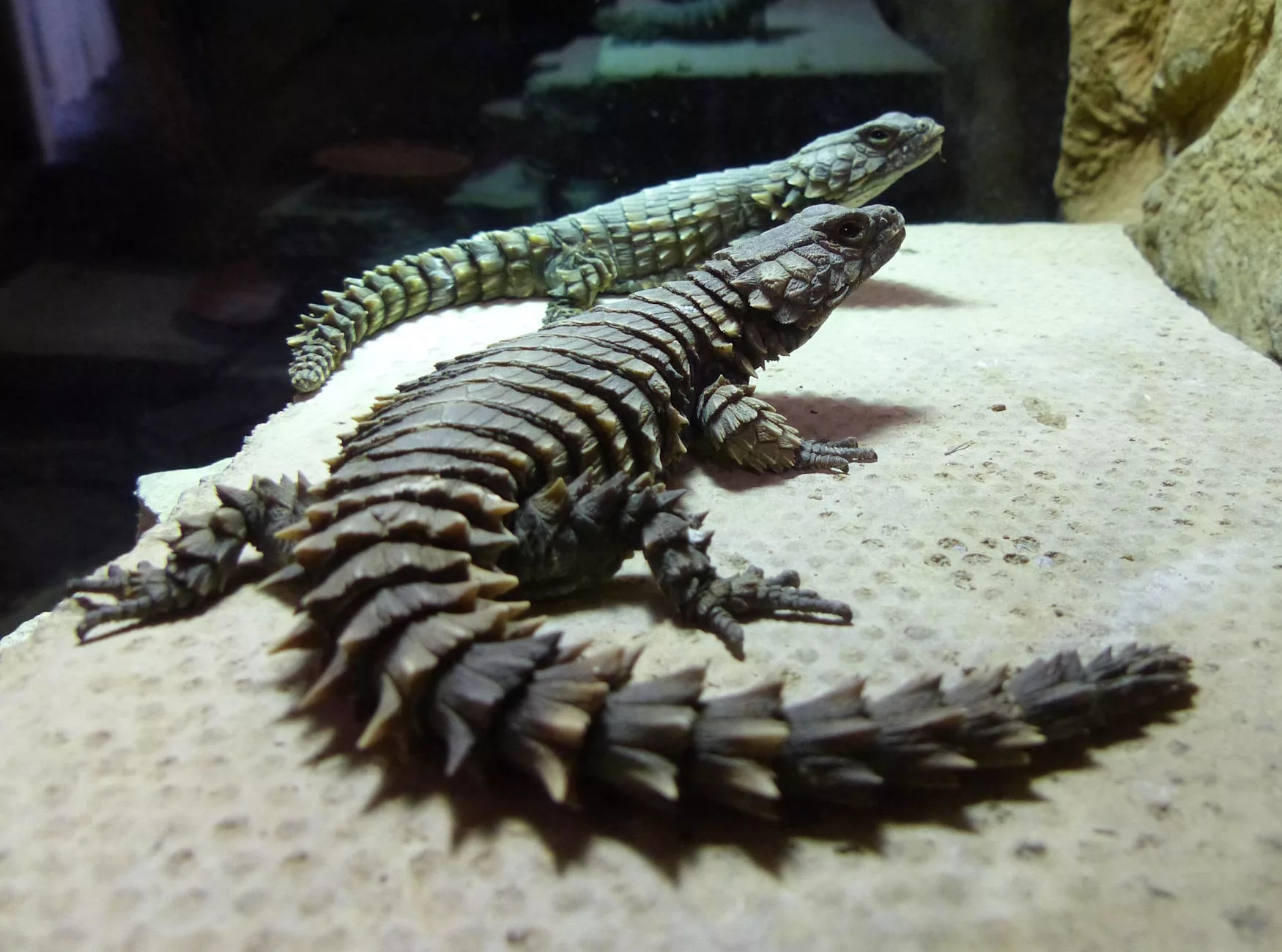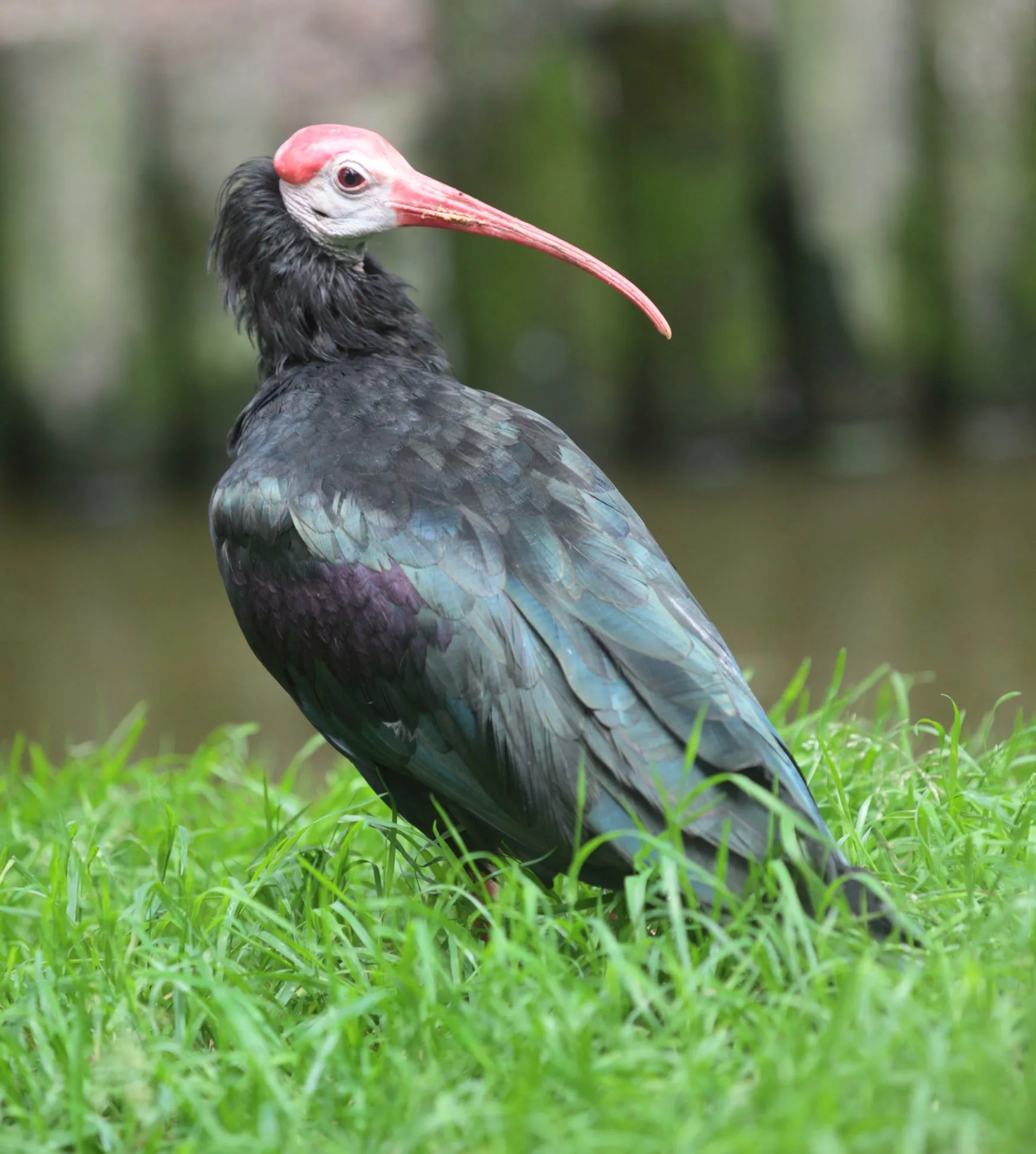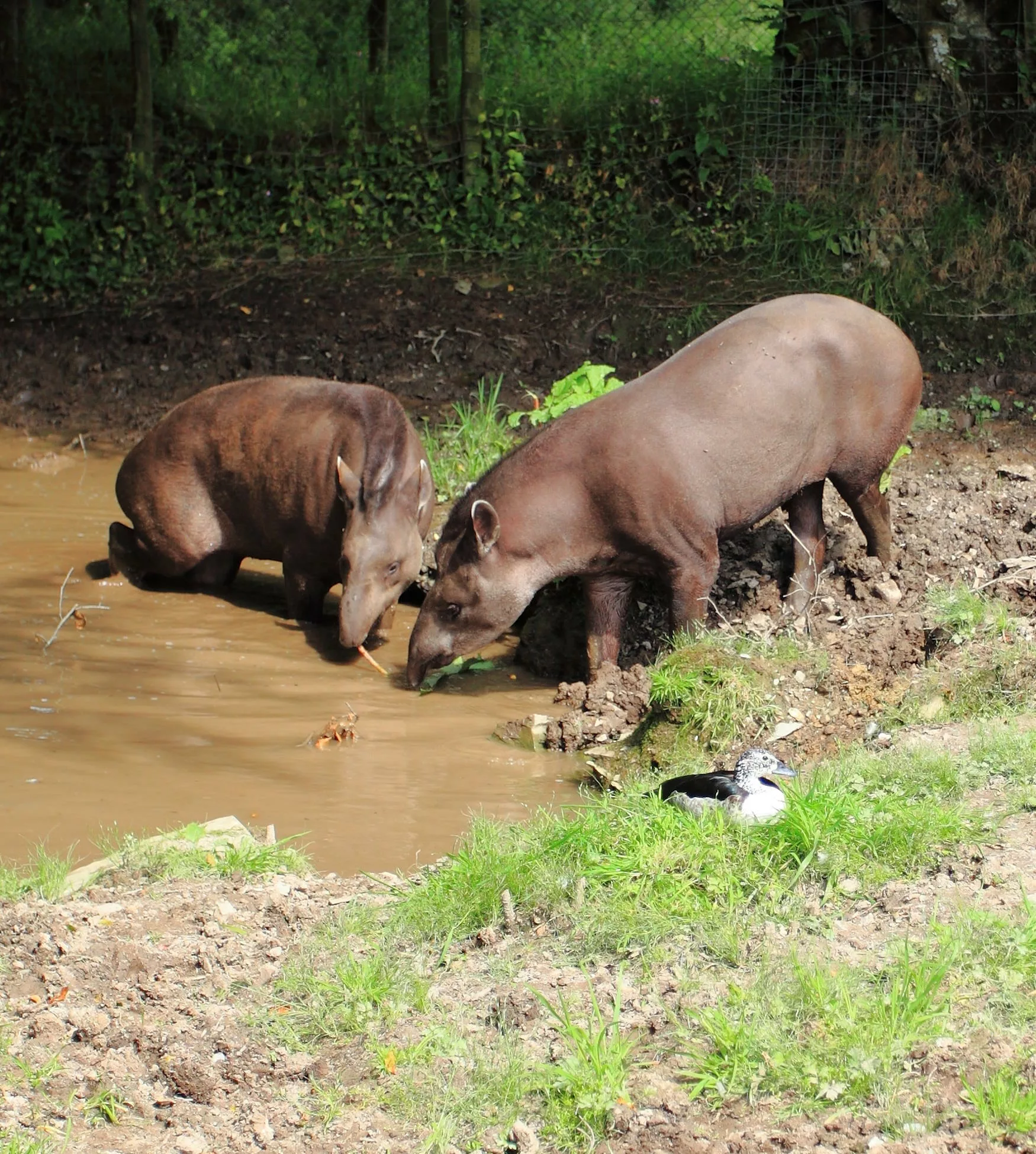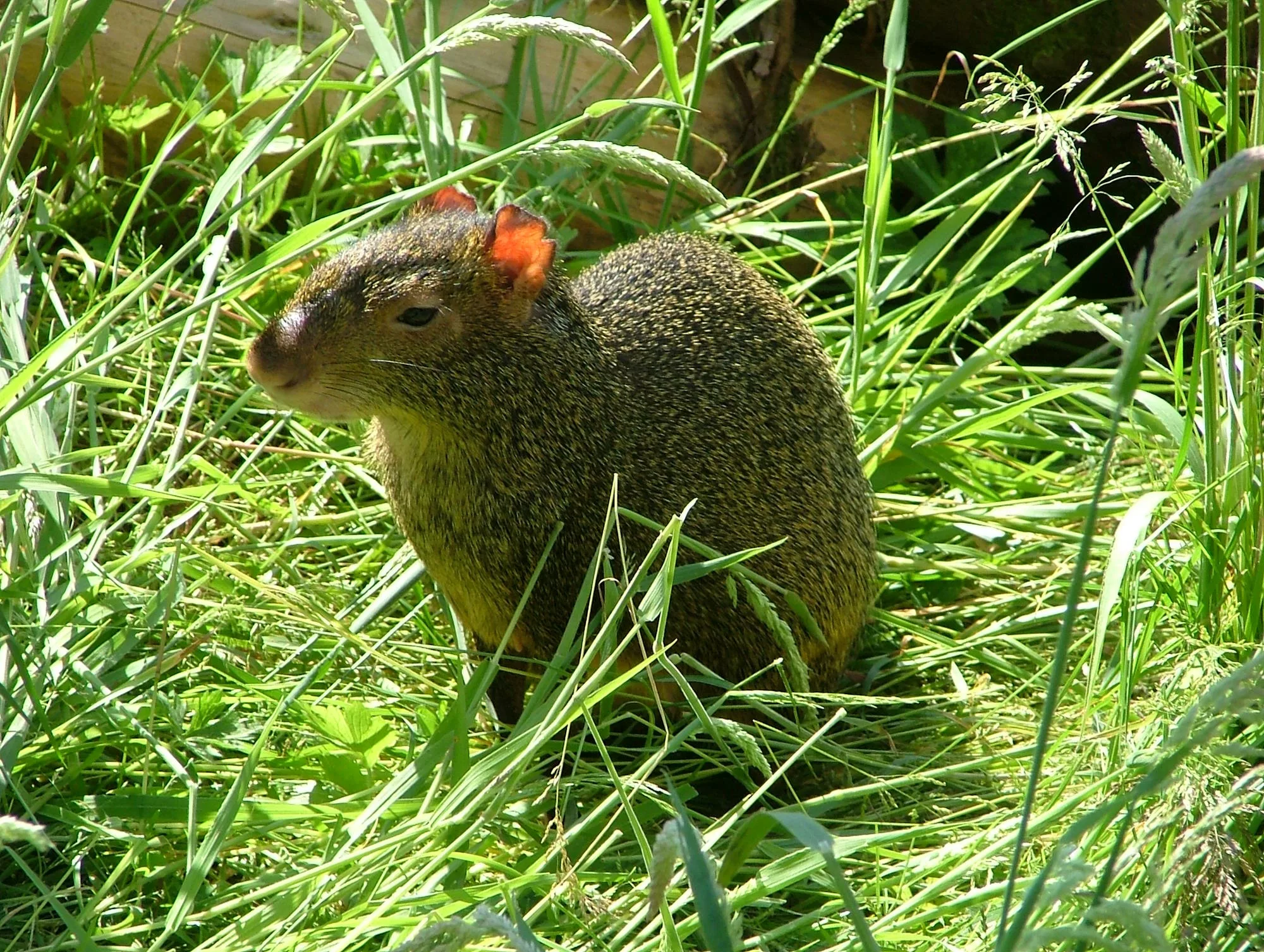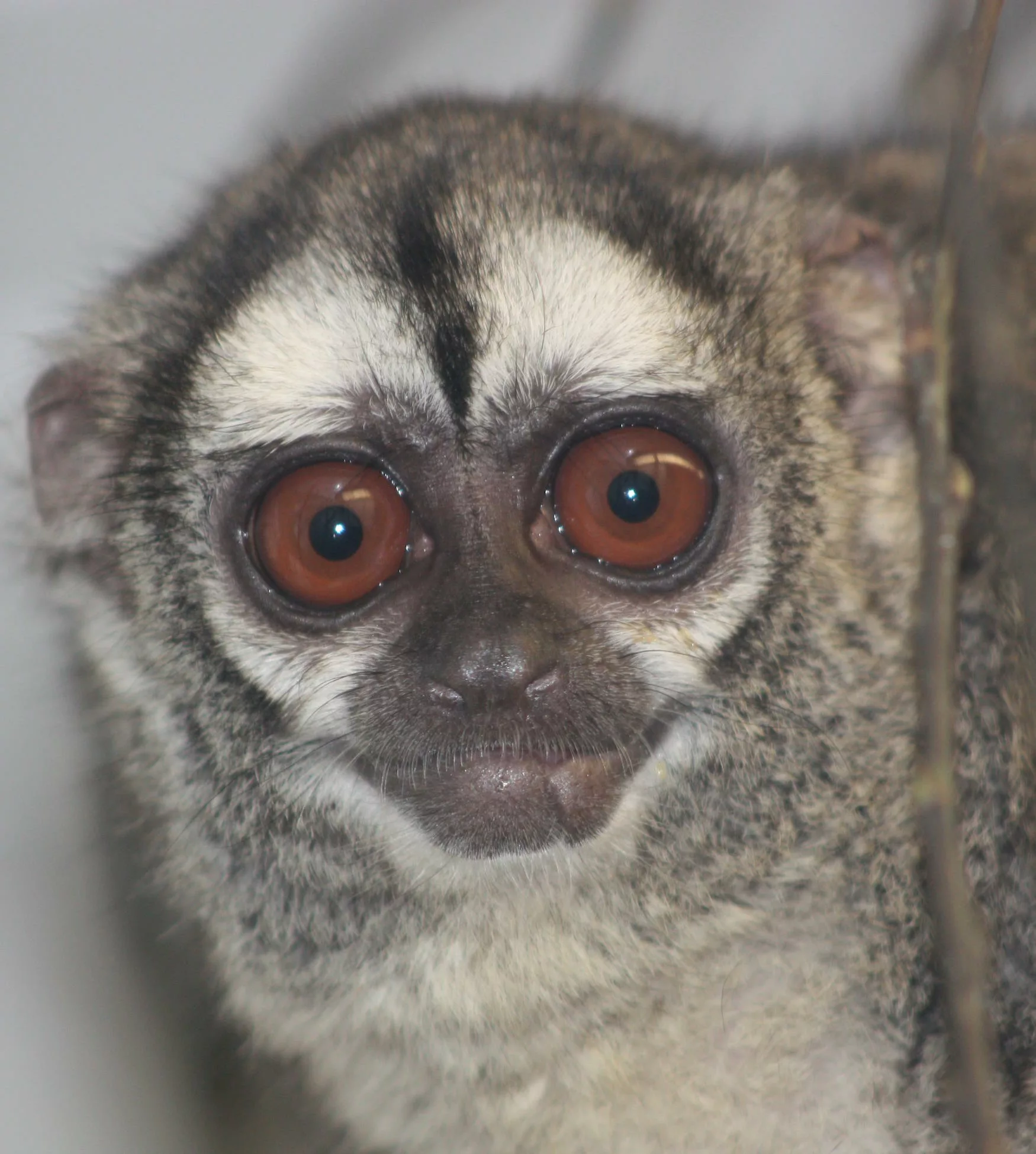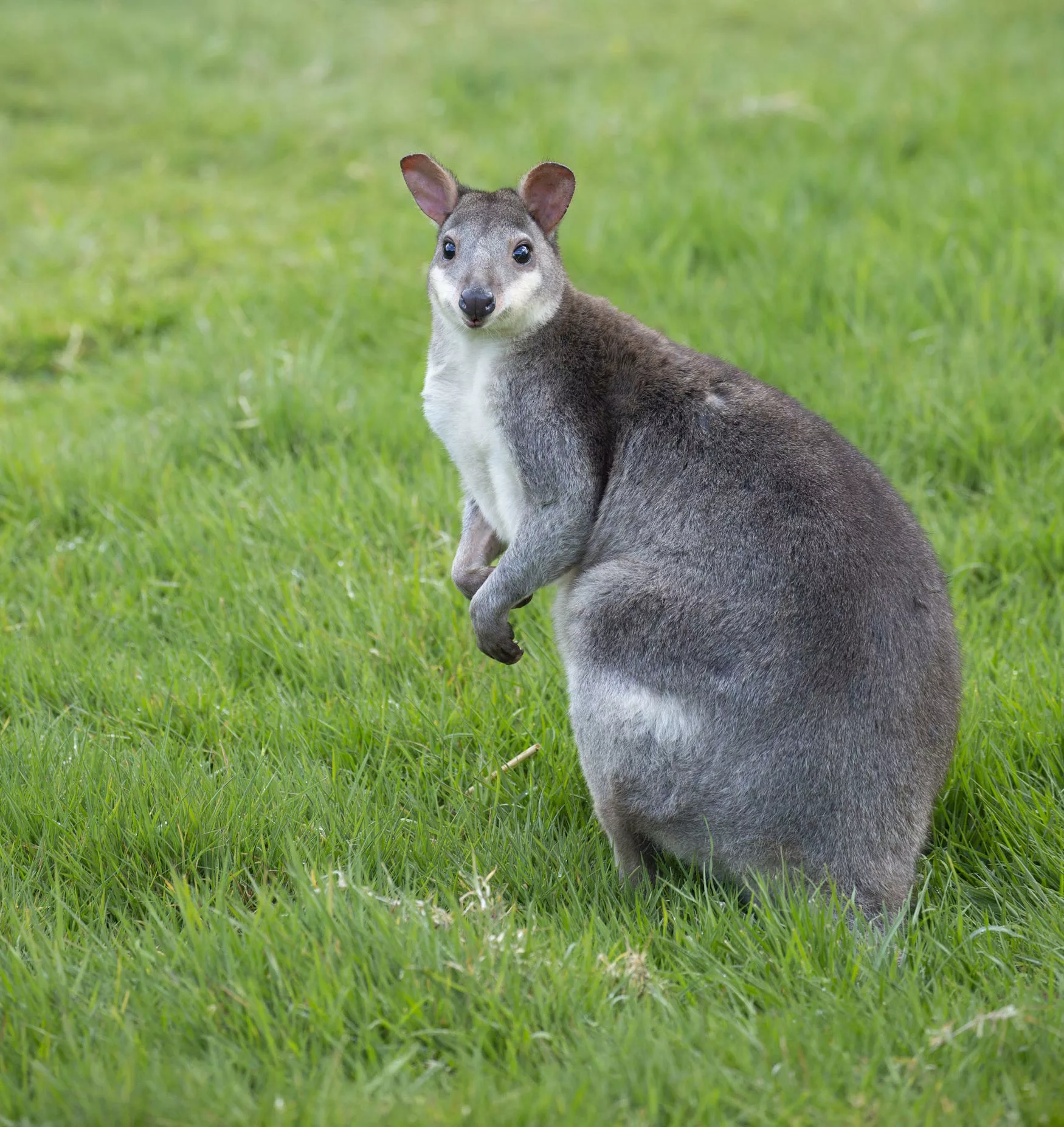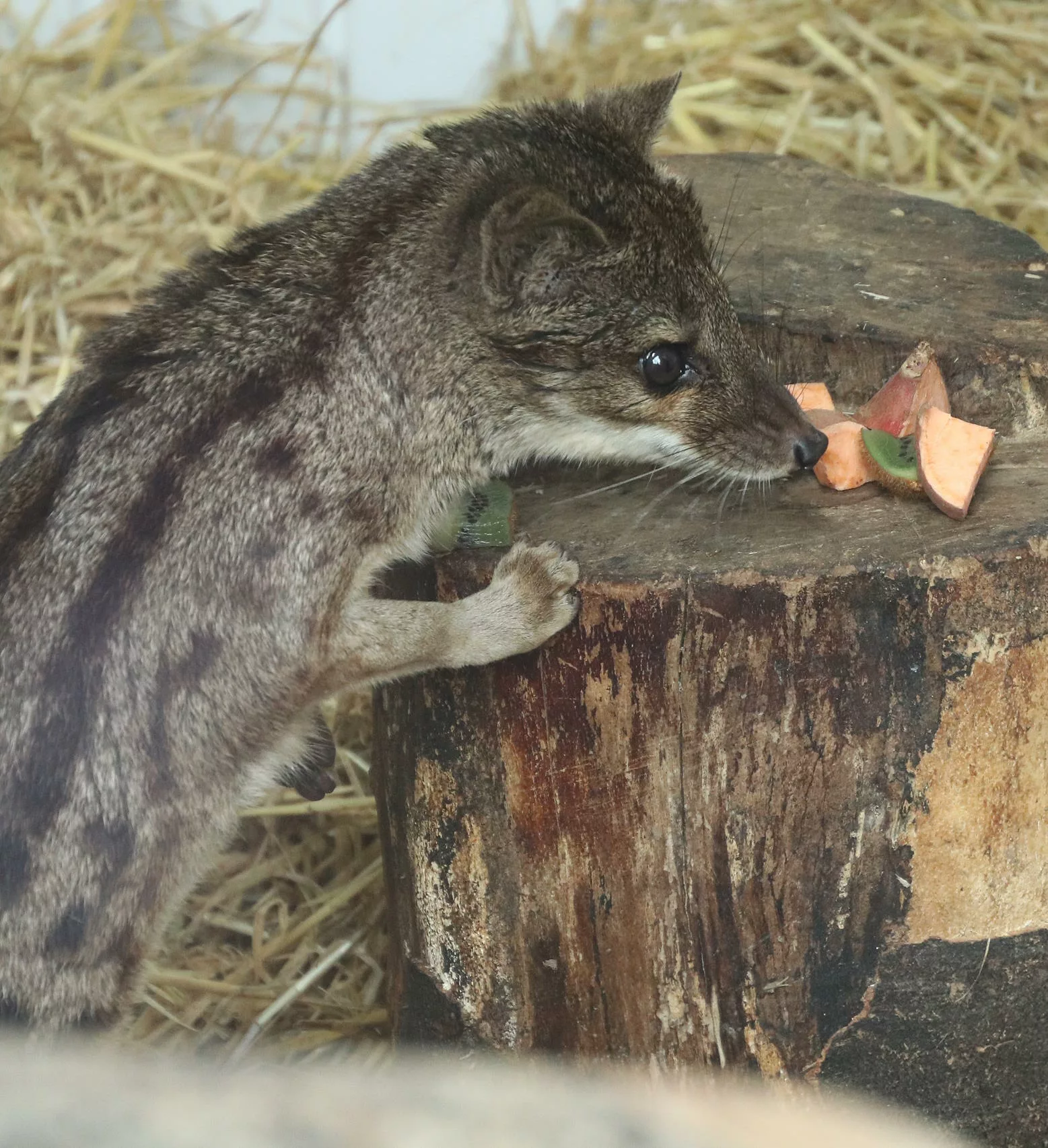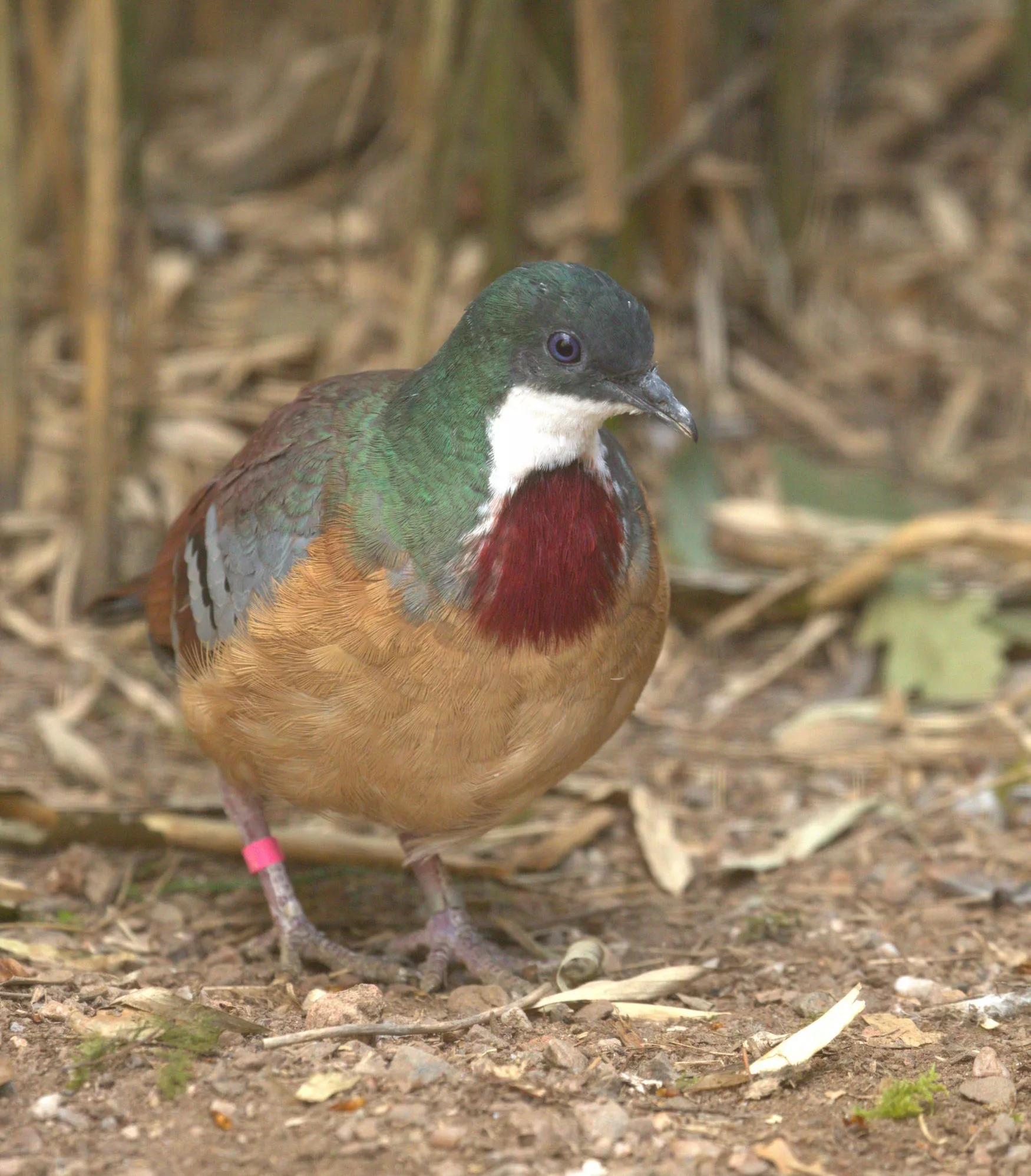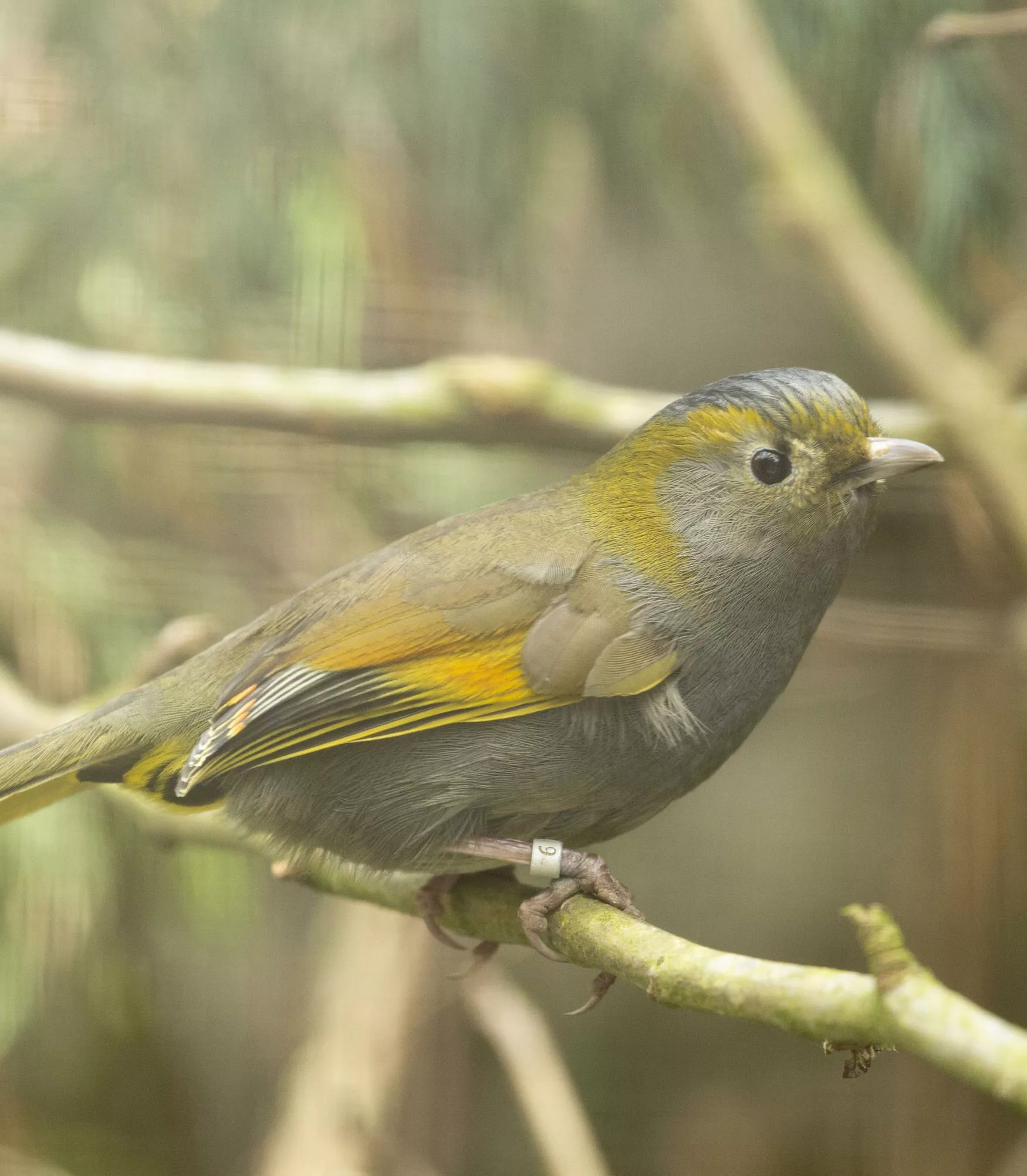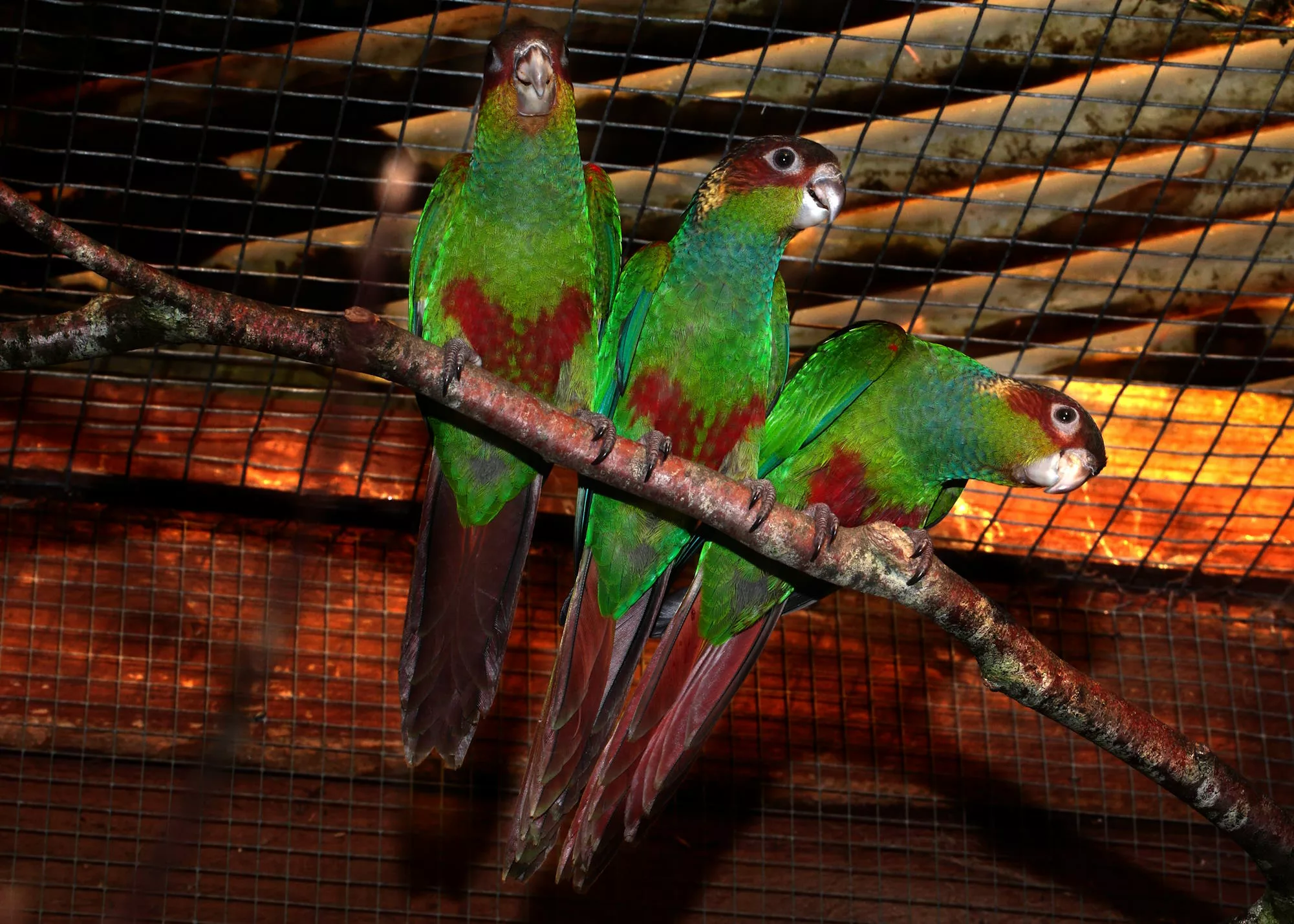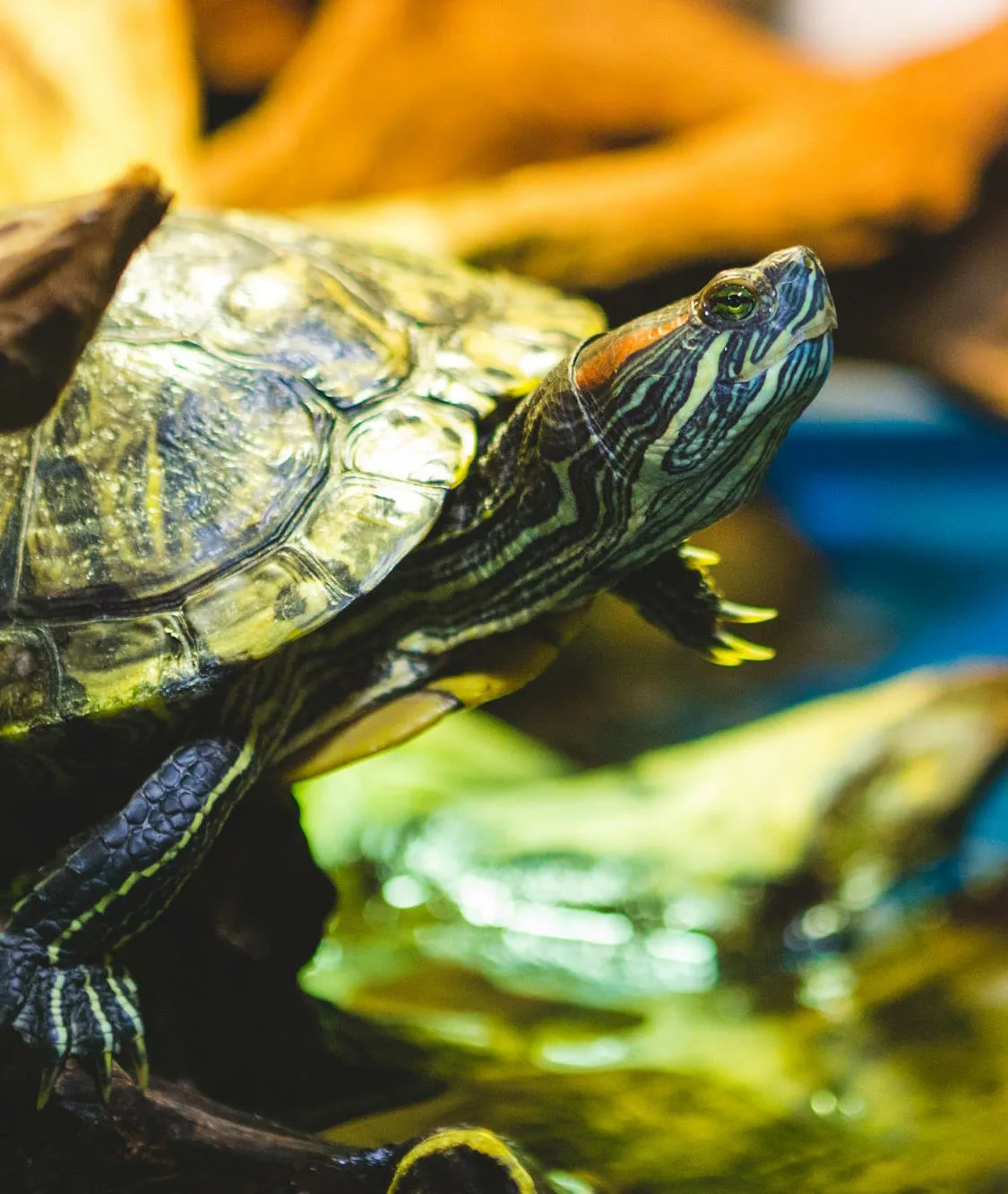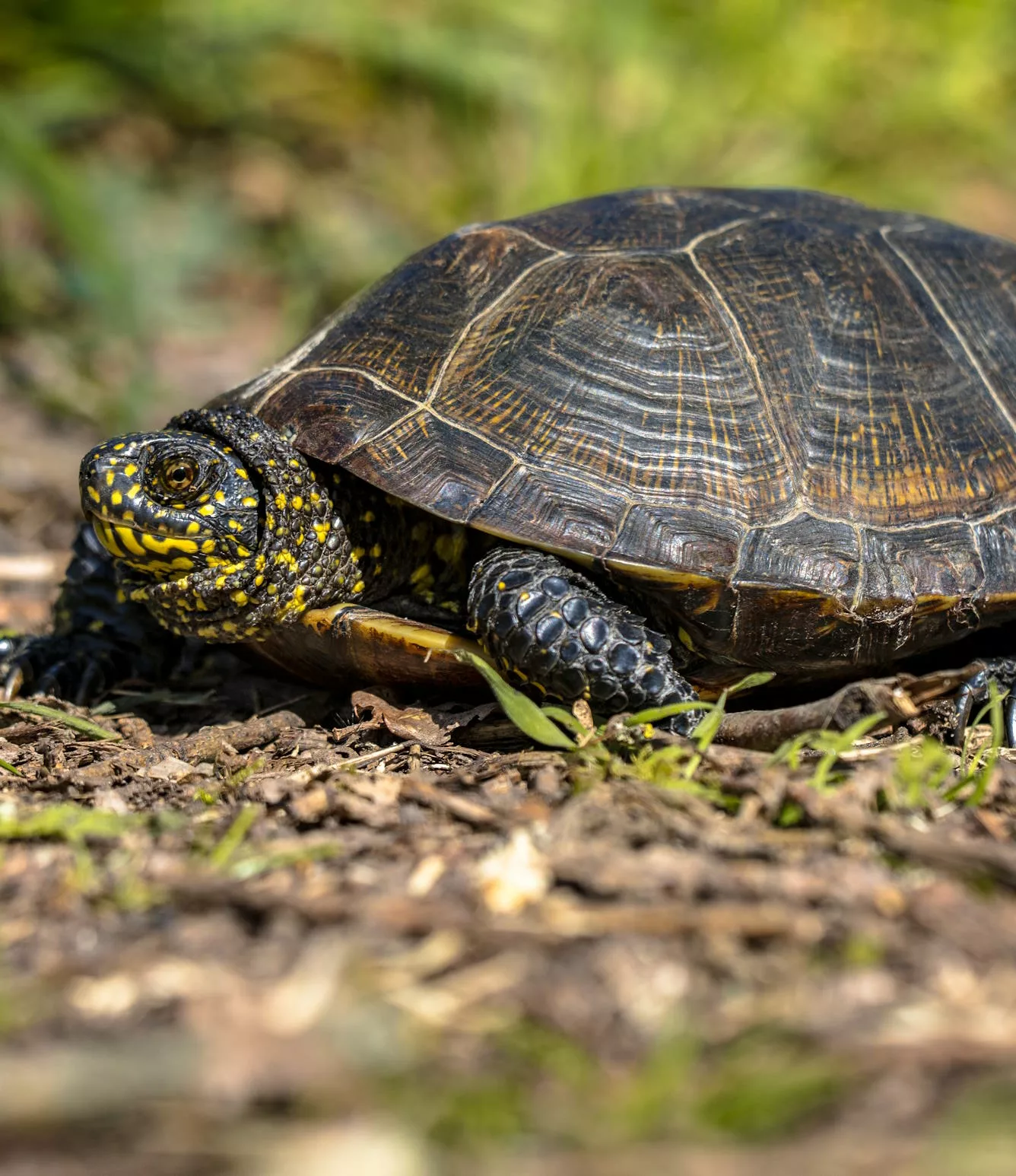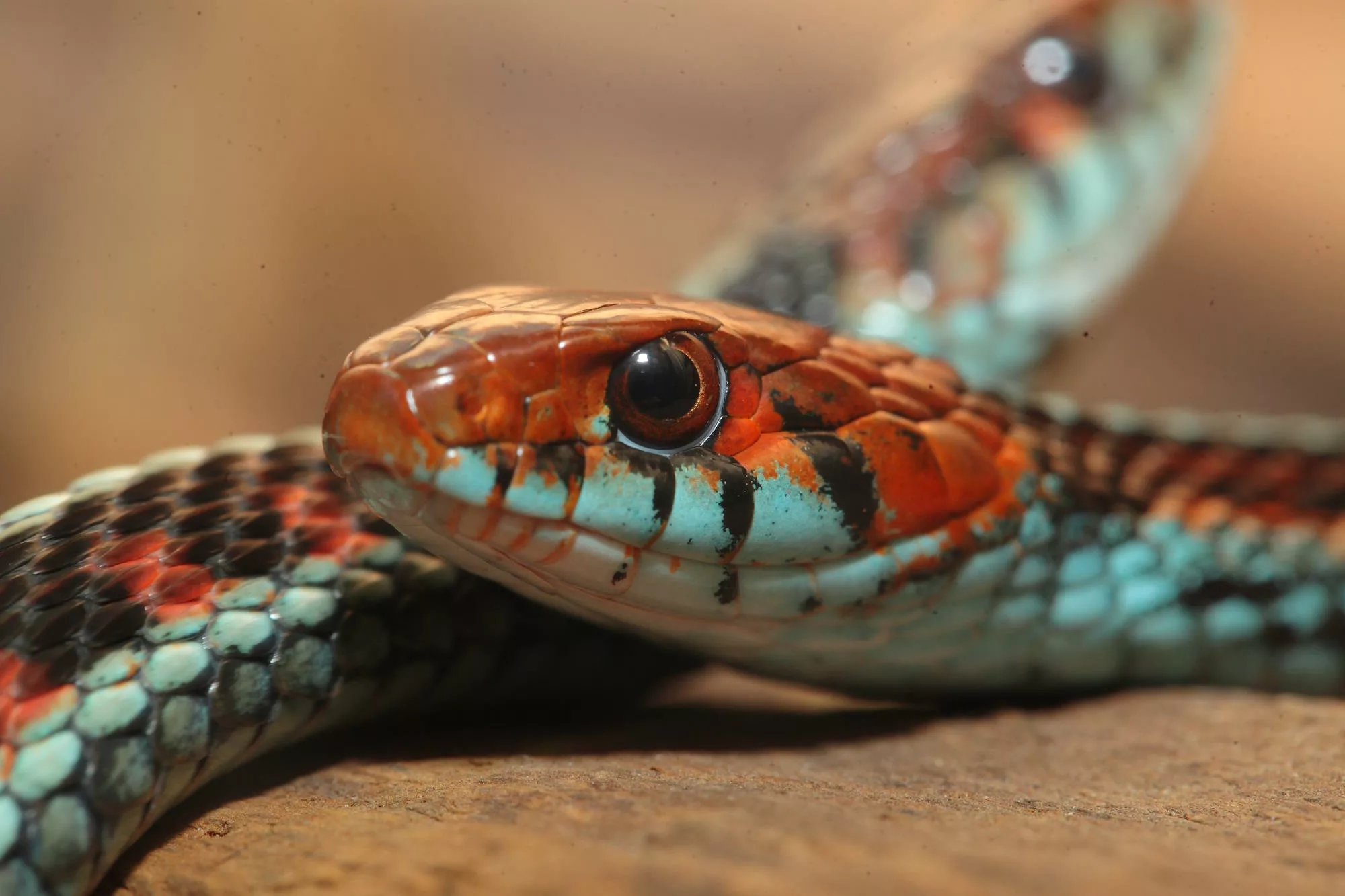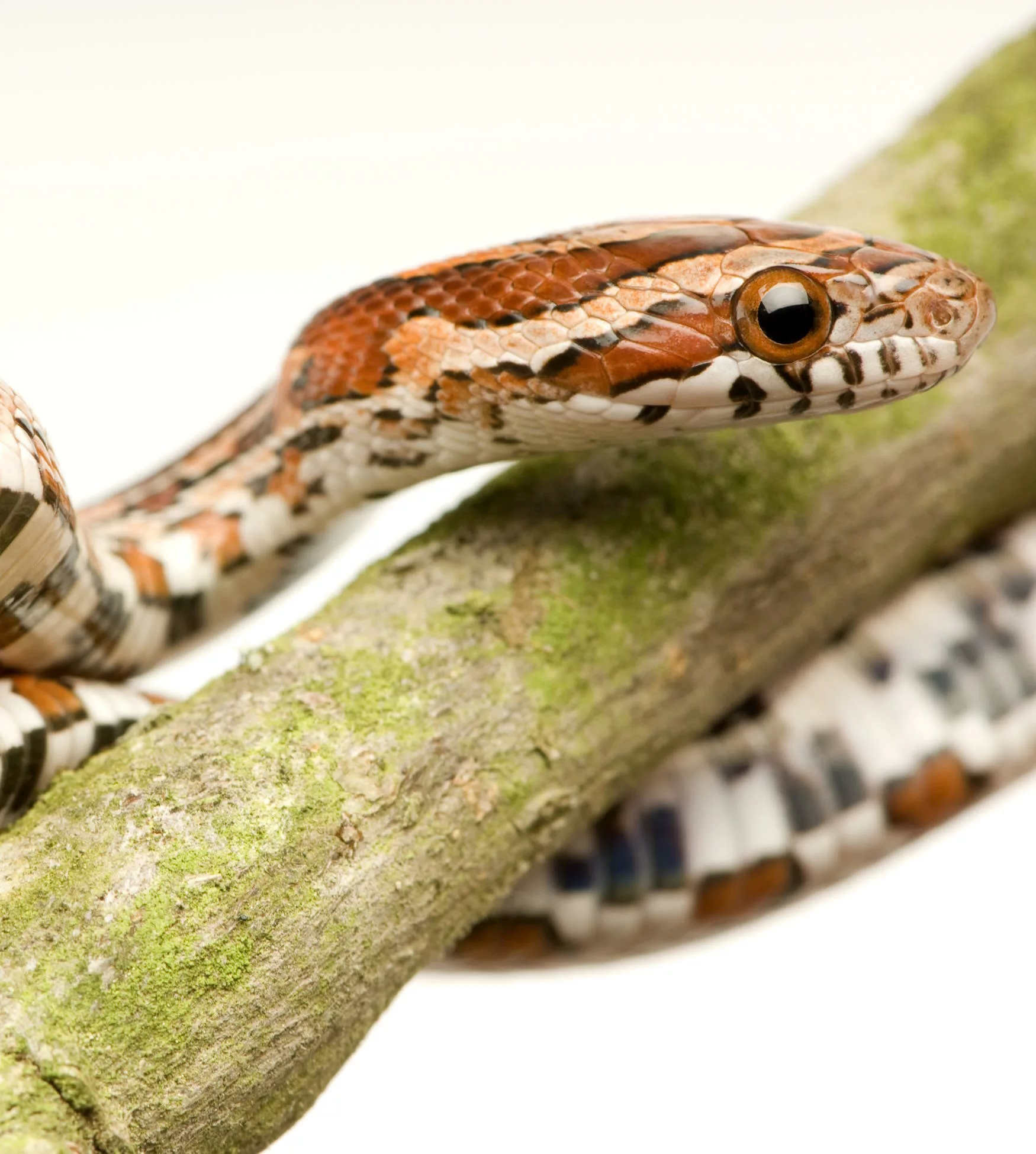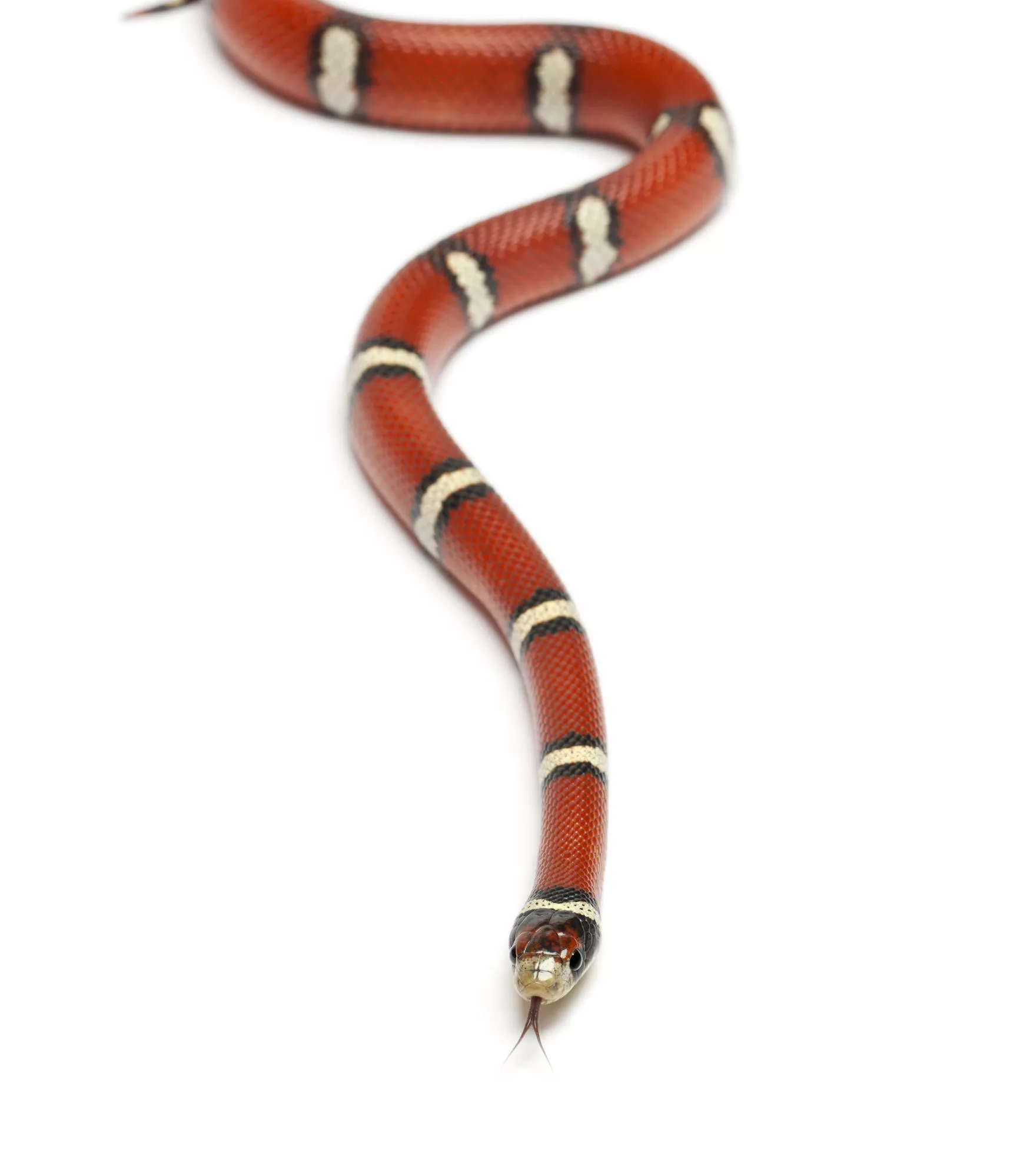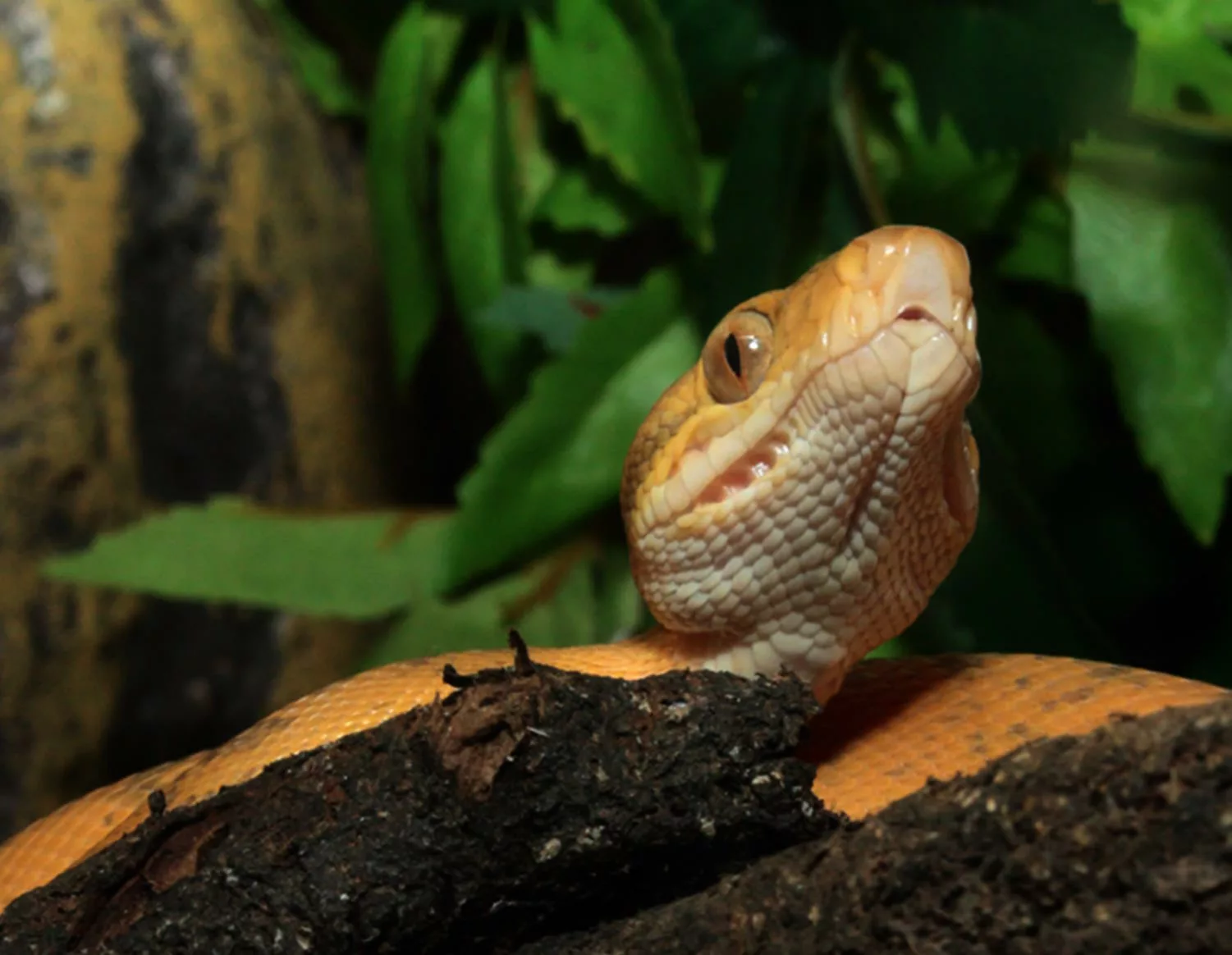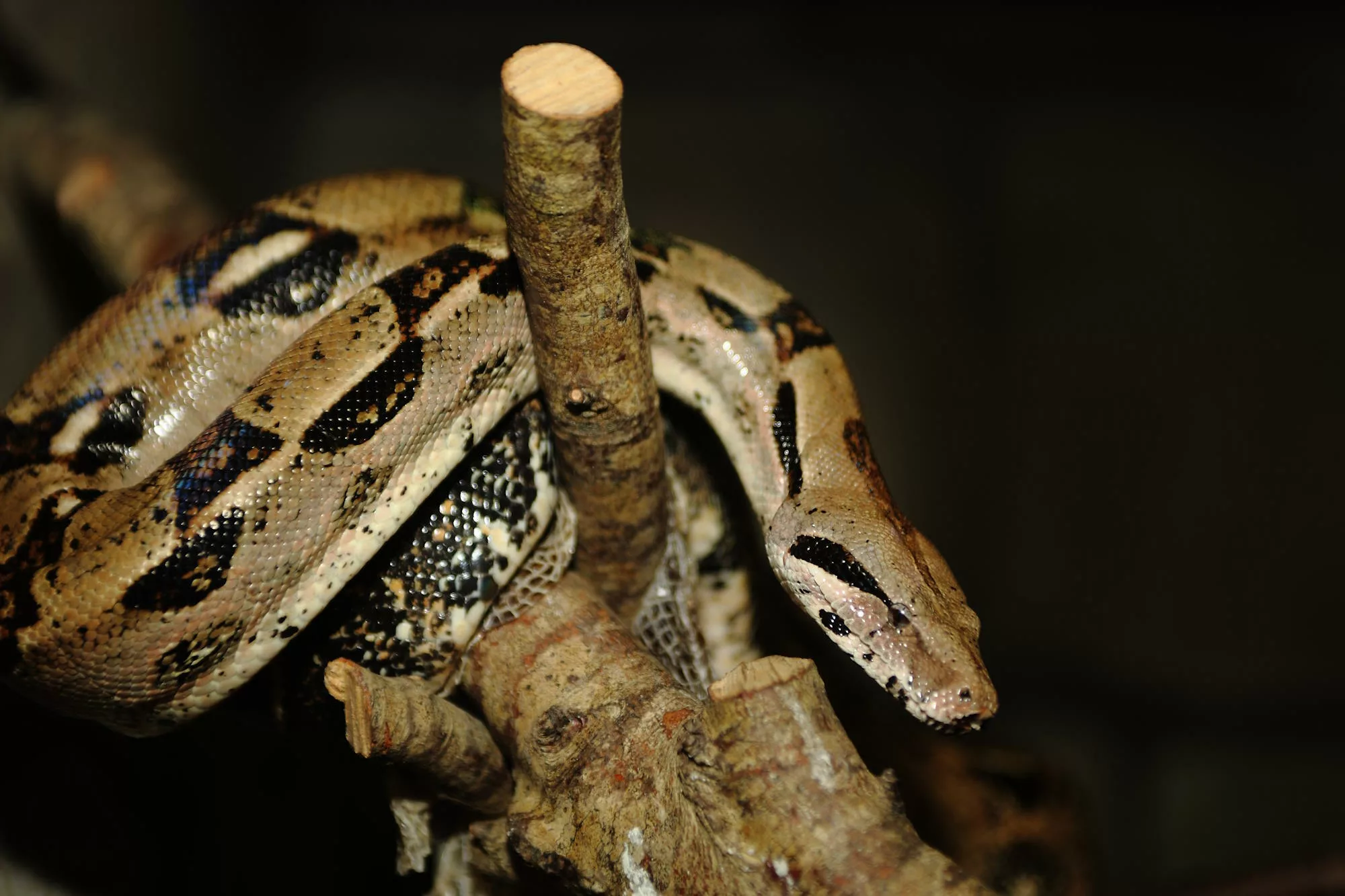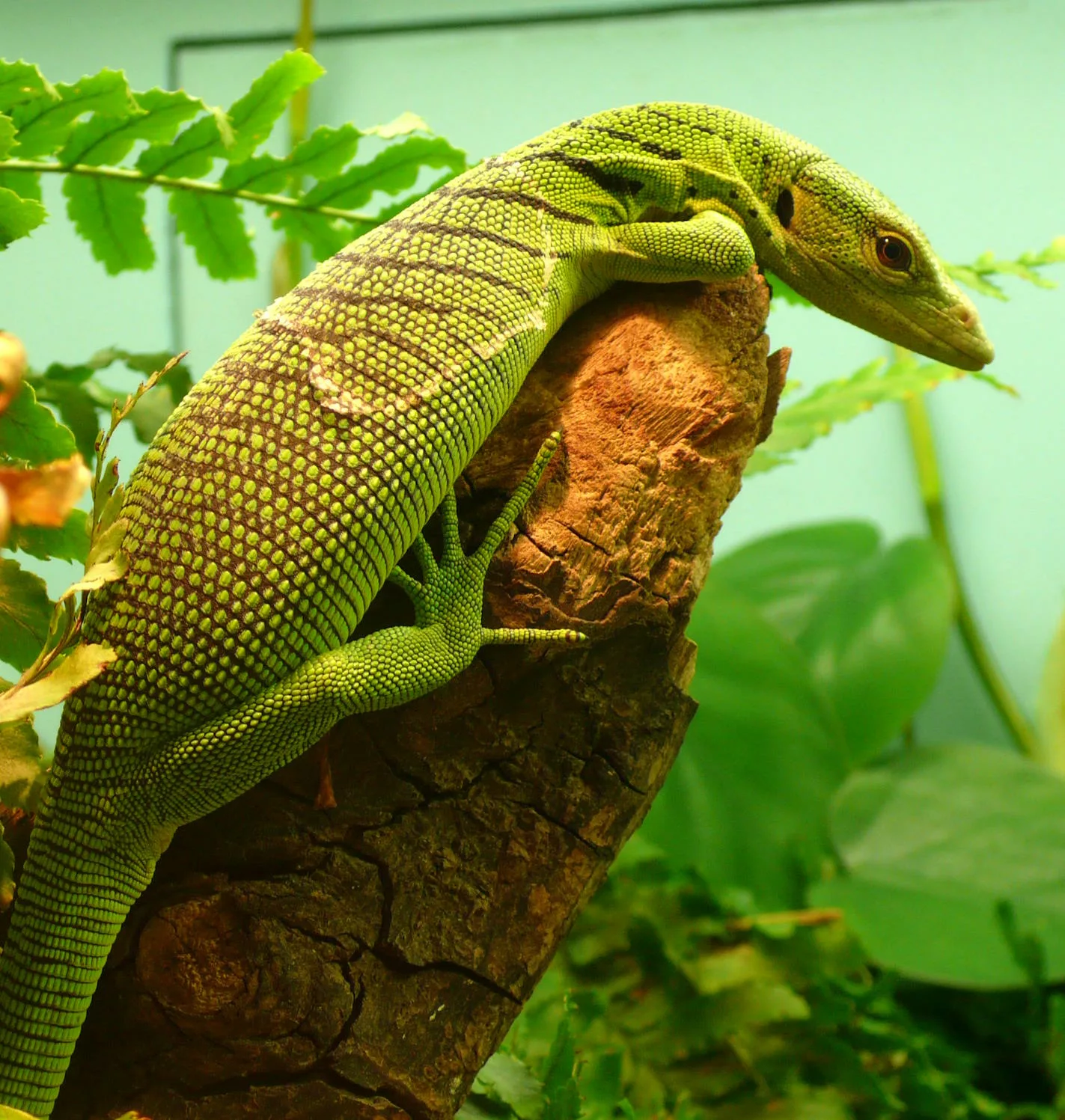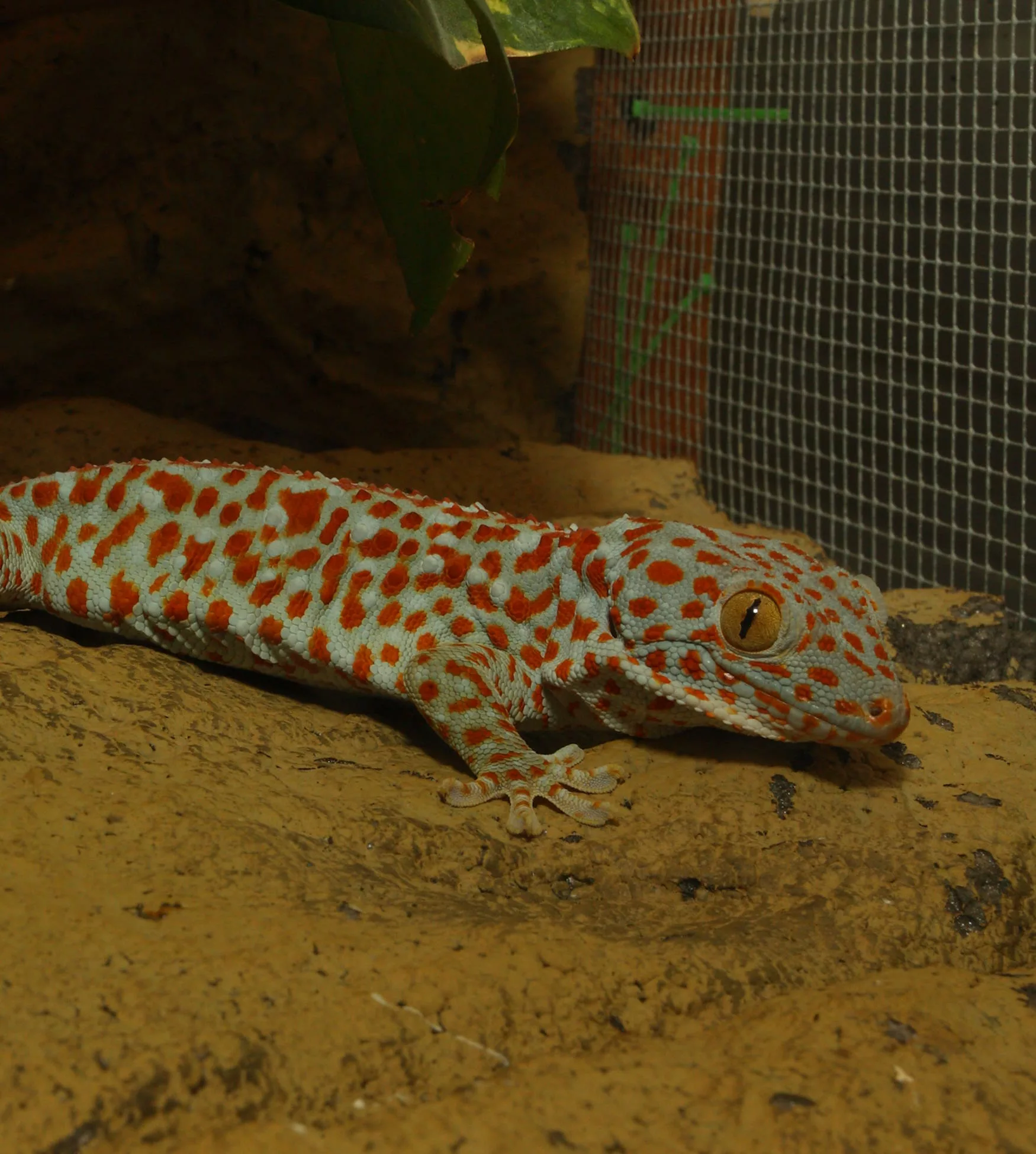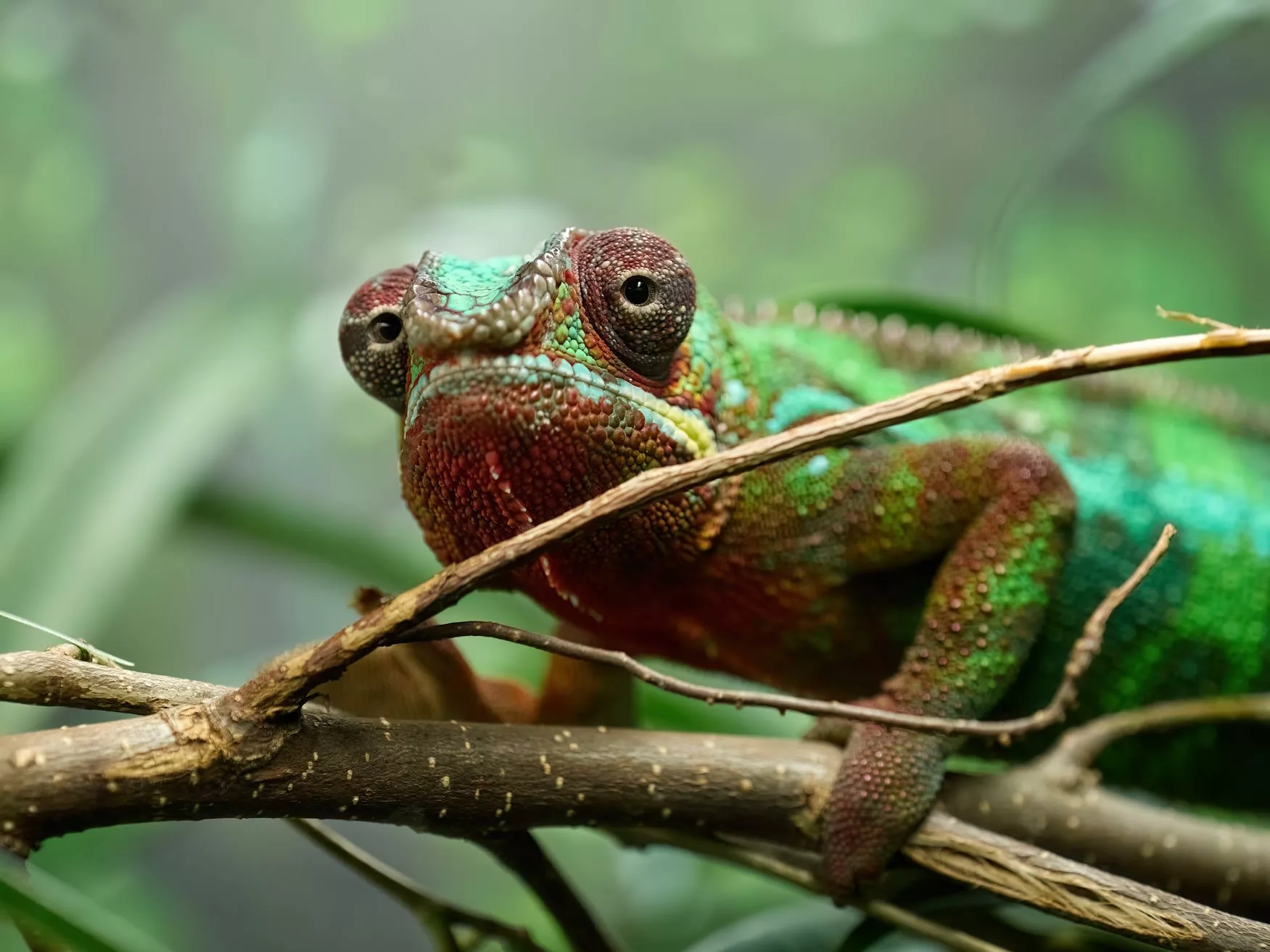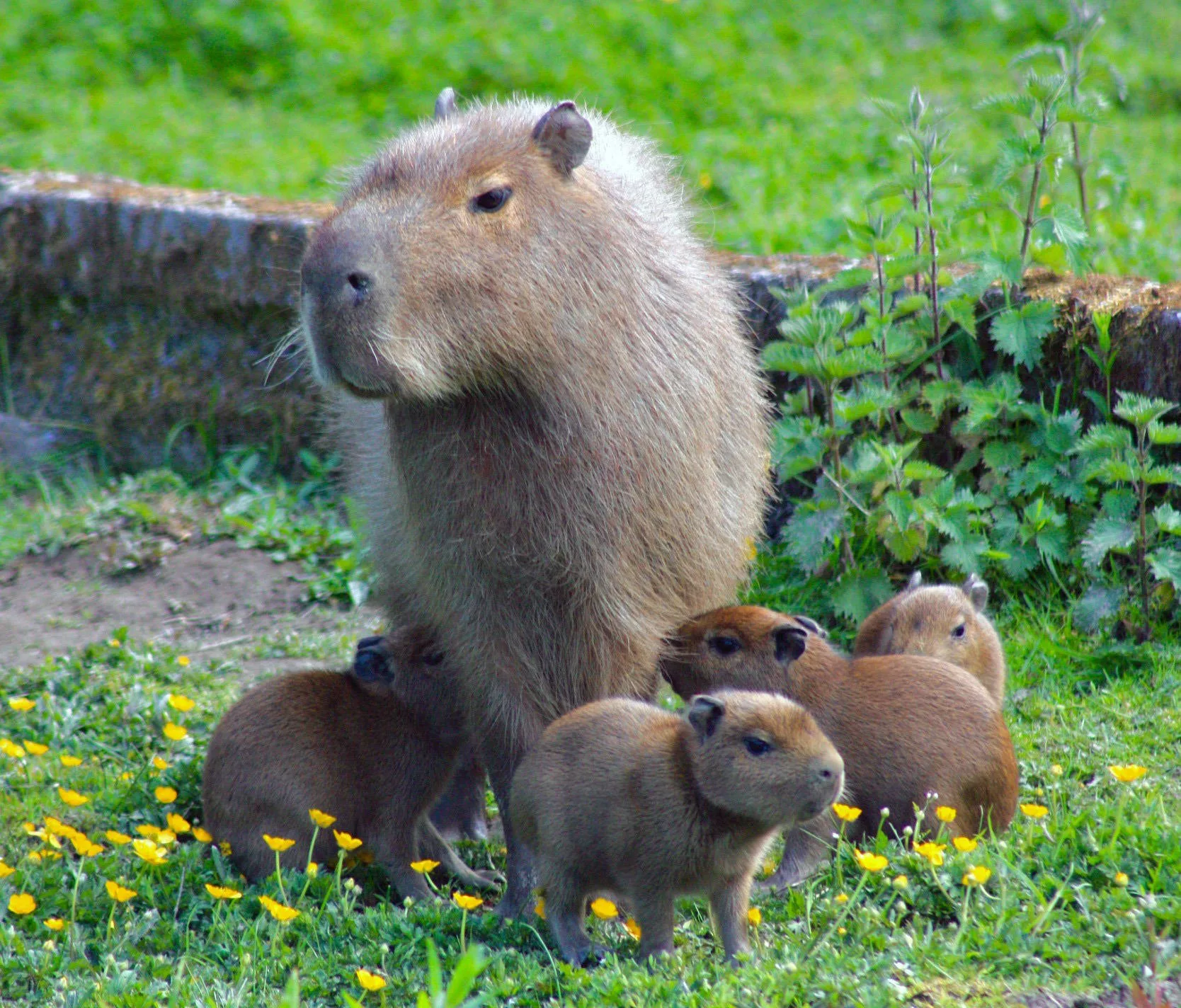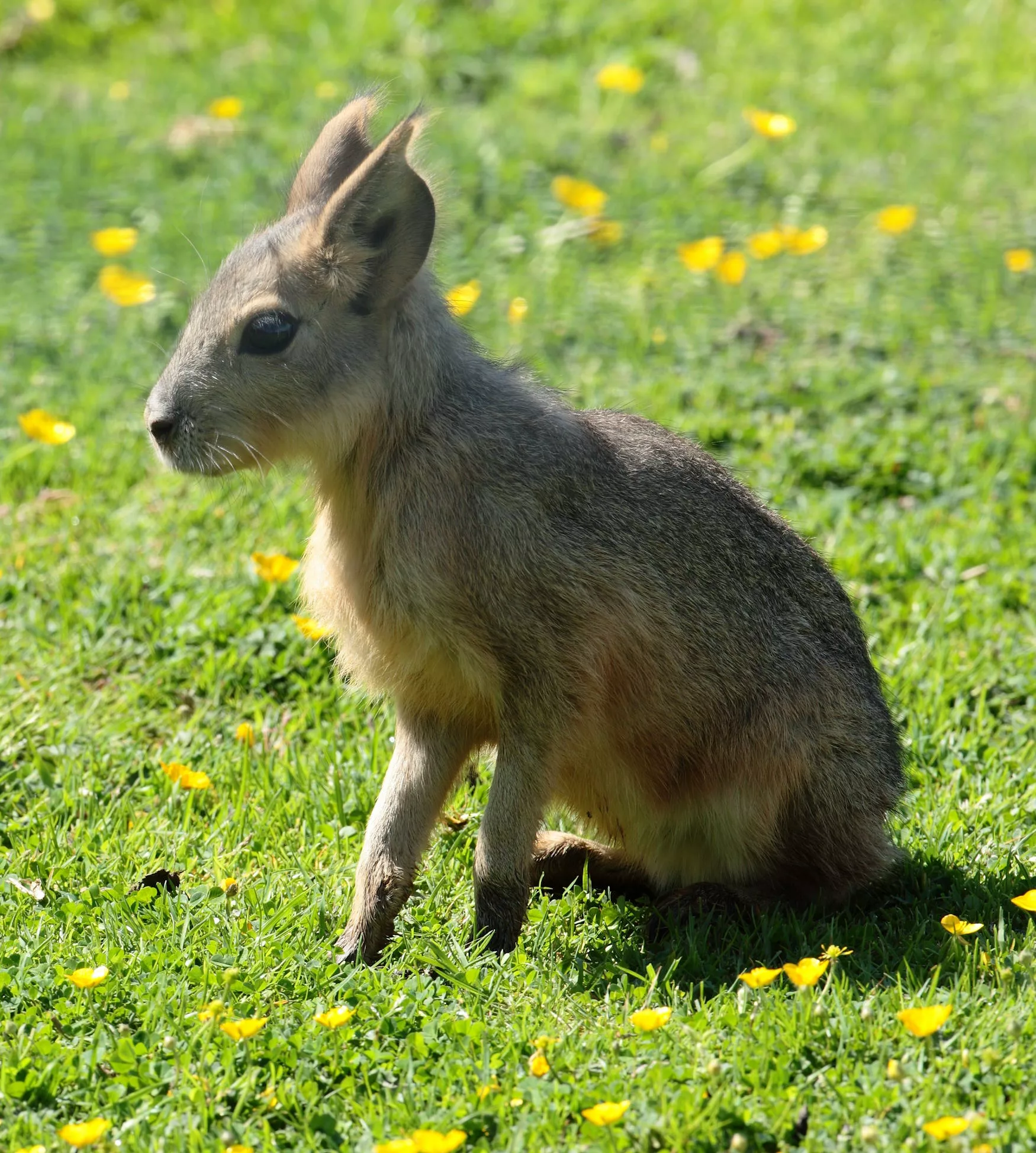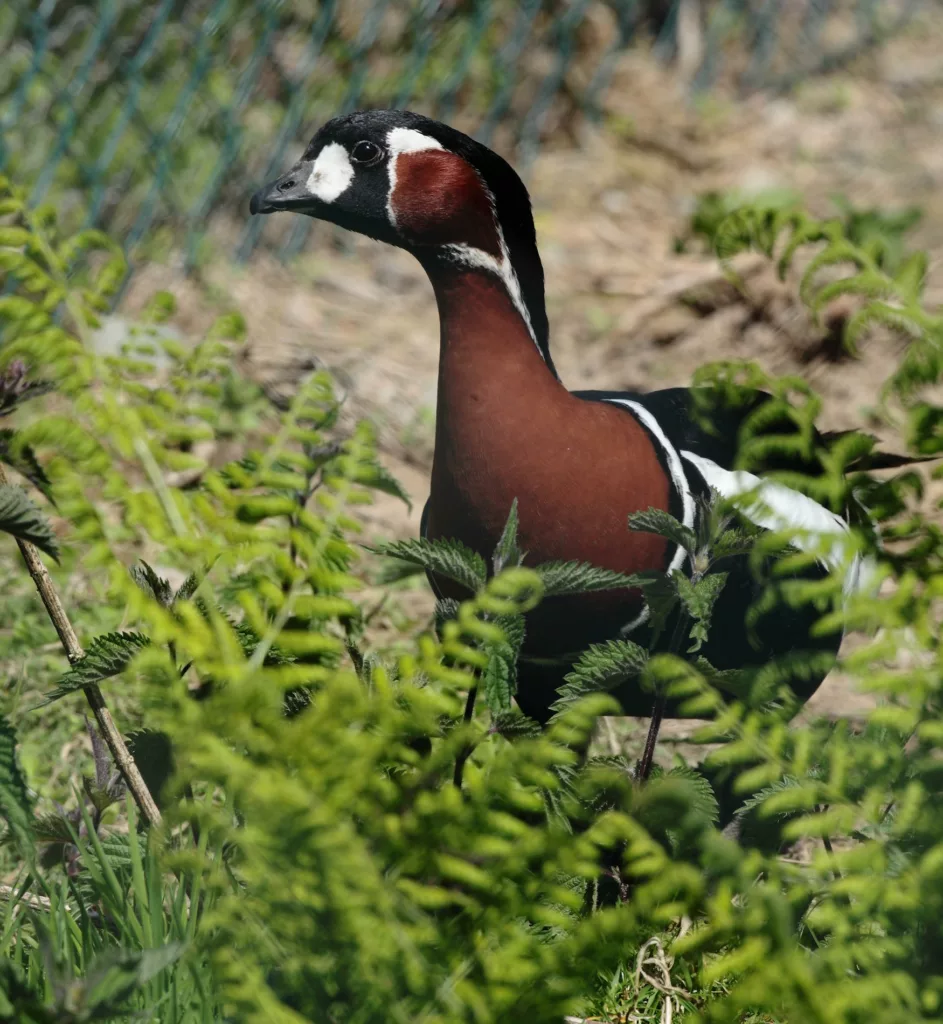
Red-breasted goose
Scientific name: Branta ruficollis
IUCN listed as: Vulnerable
Learn before you visit!
Here are some facts about the species – Discover what they eat, find out about their natural habitat, see what they like to do, and more… Set the reading style to suit you too, everyday speak or something aimed towards children.
Child-friendly
Everyday
Diet
The Red-Breasted Goose primarily feeds on grasses, leaves, and seeds. During the winter, they often forage in agricultural fields, eating cereal grains and other crops. Their diet shifts based on availability, ensuring they receive adequate nutrition throughout the year. This adaptability helps them survive in various environments but also brings them into conflict with farmers. Maintaining a balanced diet is crucial for their long migrations and breeding success.
Red-Breasted Geese eat grasses, leaves, and seeds. In winter, they also eat crops from fields. This helps them stay healthy all year. They need a good diet for their long flights and raising babies.
Breeding
Red-Breasted Geese breed in the Arctic tundra, particularly on the Taymyr Peninsula in Siberia. They nest close to birds of prey like snowy owls and peregrine falcons, which help protect them from predators such as Arctic foxes. The female lays 3-7 eggs, which both parents incubate for about 25 days. The goslings are precocial and can feed themselves shortly after hatching, though they remain with their parents for protection and guidance. This breeding strategy helps ensure higher survival rates for the young.
These geese lay 3-7 eggs in nests on the ground. They often nest near birds of prey for protection. Both parents take care of the eggs and babies. The goslings can eat on their own soon after hatching but stay with their parents for safety.
Habitat
The Red-Breasted Goose inhabits Arctic tundra regions for breeding and migrates to coastal areas around the Black Sea for wintering. They prefer wetlands, river deltas, and agricultural fields during the winter months. Habitat loss due to agricultural development and climate change poses significant threats to their populations. Conservation efforts focus on protecting critical habitats and implementing sustainable land-use practices. International cooperation is essential for protecting their migratory routes and wintering grounds.
Red-Breasted Geese live in Arctic tundra for breeding and move to the Black Sea coast in winter. They like wetlands and fields. Their homes are threatened by farming and climate change. Protecting their habitats is very important.
At the zoo
In zoos, Red-Breasted Geese are housed in aviaries that mimic their natural habitats, including grassy areas and water bodies. Their diet in captivity includes grains, greens, and specially formulated bird feed to ensure proper nutrition. Zoos play a significant role in educating the public about the conservation needs of these geese and their habitats. Breeding programs in zoos help maintain healthy populations and support genetic diversity. These efforts are crucial for the long-term survival of the species.
In zoos, these geese live in areas that look like their natural homes. They eat grains and greens to stay healthy. Zoos help teach people about these geese and protect them. Breeding programs in zoos keep their numbers strong.
Behaviour
Red-Breasted Geese are highly social birds, often seen in large flocks during migration and wintering. They are known for their striking plumage and vocal calls, which help maintain group cohesion and deter predators. During the breeding season, they exhibit strong territorial behaviour to protect their nests. Their migratory behaviour is one of the most remarkable aspects of their life cycle, involving long flights between breeding and wintering grounds. Understanding their behaviour is key to developing effective conservation strategies.
These geese are social and live in large groups. They make loud calls to talk to each other and keep safe. During breeding, they protect their nests strongly. They travel long distances between their summer and winter homes.
Fun facts
- Protective Neighbours: They nest near birds of prey to stay safe from predators.
- Long Migrations: They migrate long distances between the Arctic and the Black Sea.
- Bright Plumage: Their striking red, black, and white plumage is very distinctive.
- Social Birds: They live and travel in large flocks.
- Vulnerable Status: They are listed as Vulnerable due to habitat loss and other threats.
- Safe Neighbours: They stay near birds like snowy owls for protection.
- Travel Far: They fly long distances between summer and winter homes.
- Colourful Feathers: Their bright feathers make them easy to spot.
- Group Living: They like to stay in big groups.
- Needs Help: They are at risk because their homes are being destroyed.
More animals to discover at our zoo
Quick Links
Tickets & Prices
You can buy tickets for Exmoor Zoo securely online, as well as finding out more price options, discover offers, and more…
What’s on…
Exmoor Zoo hosts incredible Events all through the year. You can find out about what we’ve got in store here…
Routes & info
Like any great discovery, Exmoor Zoo can feel a little off the beaten path – but don’t worry – you can plan your journey with our recommended routes and other useful travel info.
